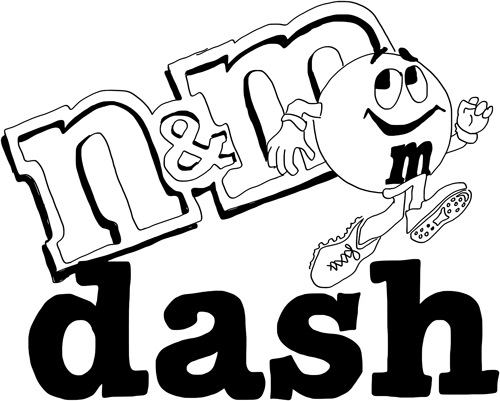Reflecting on the engrossing effects of the em-dash
What happens in your mind when you read this sentence — and you hit the dash?
Did you pause? If so, how long did you pause for? I imagine it was longer that you normally would for spaces between words, and about as long as you would for a semicolon, colon or a parentheses.
This versatile tool — called an em-dash — can be a wonderful tool in a writer’s arsenal. I’ve already given two examples of the em-dash: one where the end of the sentence is emphasized, and a second where parentheses would be too disruptive in the flow of reading (so I put two em-dashes instead). Proper placement of dashes can give sentences a cadence they might otherwise lack. Sometimes, the em-dash is simply the best punctuation to use.
I think I will, no, I’m going to do it. I think I will — no, I’m going to do it.
The clarity offered by the em-dash in the place of a comma might not save lives, but it can certainly save an exhausted reader puzzlement.
A great quality about em-dashes is that they can be used so widely. Yet, a great writer uses em-dashes sparingly. If I — in so explaining the em-dash — decide to continuously use the device — perhaps even six times in a sentence — you — the reader — will likely become very, very bored. The previous sentence is, in fact, grammatically correct. But it is not one I would like to see in an article I copy edit, nor one I imagine your professor would like to see as he/she is grading your essay.
An easy way to avoid monotony is to vary the punctuation used. I am a huge fan of the em-dash, but I still occasionally try to throw in a semicolon or colon for variation. What is important to remember while writing is this: your writing includes the punctuation you choose. All your punctuation will be interpreted a certain way. With the use of the colon two sentences ago, a reader would implicitly understand that the phrase after the colon was meant to qualify the phrase before the colon. Thus, even when you have decided you want your reader to feel a mental “pause” in one part of your sentence and you plan to achieve that effect using punctuation, you still have to pick the correct form of punctuation to use.
Worrying about little points of punctuation, especially things like em-dashes, might seem tedious. But trust me. If you use punctuation to its full effect, you can get your reader to really pause — and appreciate your work.

